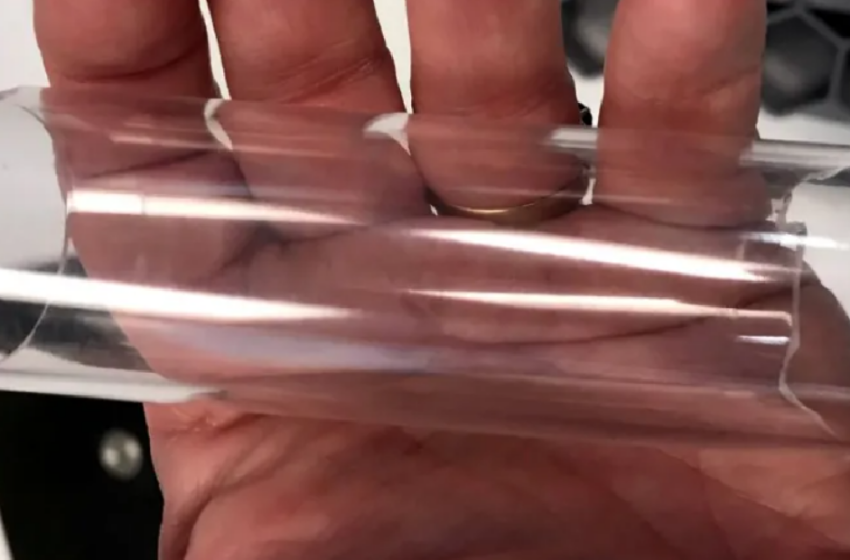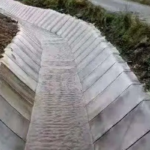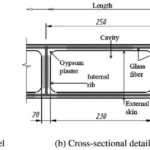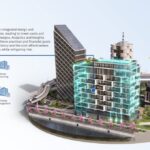
In the ever-evolving world of construction and materials science, innovations continually push the boundaries of what’s possible. One such groundbreaking material is transparent aluminum, technically known as aluminum oxynitride (ALON). This advanced ceramic material combines transparency with exceptional strength, paving the way for revolutionary applications in construction, defense, and beyond.
What is Transparent Aluminum?
Transparent aluminum is a crystalline form of aluminum oxynitride (ALON), a ceramic compound composed of aluminum, oxygen, and nitrogen. It was originally developed for military applications but has since gained interest in various industries due to its unique properties.
Properties of Transparent Aluminum
Transparent aluminum stands out for its extraordinary combination of features:
- Exceptional Strength:
- ALON is significantly stronger and harder than traditional glass and acrylic.
- It is highly resistant to impacts, making it ideal for demanding applications.
- Transparency:
- Maintains optical clarity similar to glass while offering superior durability.
- Scratch Resistance:
- ALON is highly resistant to scratches, ensuring long-term clarity and performance.
- Thermal Stability:
- Withstands extreme temperatures, making it suitable for harsh environments.
- Lightweight:
- Offers strength comparable to traditional materials while being significantly lighter, reducing overall weight in structures.
How is Transparent Aluminum Made?
The production of ALON involves several steps:
- Powder Processing:
- Aluminum, oxygen, and nitrogen powders are mixed and heated to high temperatures to form a solid polycrystalline material.
- Shaping:
- The material is cast or machined into the desired shape.
- Sintering:
- The material undergoes a sintering process at high temperatures to achieve full density and optical clarity.
- Polishing:
- Final polishing ensures a smooth, transparent surface.
Applications of Transparent Aluminum in Construction
Transparent aluminum’s unique properties make it a game-changer for construction and architectural design:
- High-Security Windows:
- Ideal for banks, embassies, and other high-security facilities.
- Provides ballistic and blast resistance without sacrificing transparency.
- Skyscraper Facades:
- Lightweight yet incredibly durable, reducing structural load and maintenance costs.
- Protective Barriers:
- Suitable for partitions, skylights, and observation decks in harsh environments.
- Smart Windows:
- Can be integrated with smart technologies for energy efficiency and enhanced functionality.
Other Emerging Applications
Beyond construction, transparent aluminum is finding applications in:
- Defense: Bulletproof windows, armored vehicles, and protective shields.
- Aerospace: Transparent canopies for aircraft and spacecraft.
- Consumer Products: High-durability screens for electronics.
- Automotive: Scratch-resistant, lightweight windshields and windows.
Advantages Over Traditional Materials
Transparent aluminum outperforms traditional materials like glass and polycarbonate in many ways:
- Durability: Withstands impacts that would shatter standard glass.
- Longevity: Maintains clarity and performance over time without yellowing or degrading.
- Reduced Weight: Offers comparable strength at a fraction of the weight.
- Thermal Resistance: Performs well under extreme heat and cold.
Challenges and Limitations
Despite its many advantages, transparent aluminum faces some challenges:
- High Production Cost:
- The complex manufacturing process makes it expensive compared to traditional materials.
- Scalability:
- Large-scale production for widespread construction use remains a challenge.
- Specialized Equipment:
- Requires advanced polishing and fabrication techniques.
The Future of Transparent Aluminum
As technology advances, the cost and scalability of producing transparent aluminum are expected to improve. Researchers are exploring innovative manufacturing methods to make ALON more accessible for everyday use. In the future, we may see this material integrated into:
- Green buildings with energy-efficient, impact-resistant windows.
- Futuristic architectural designs that prioritize durability and aesthetics.
- Smart cities utilizing transparent aluminum for secure, high-tech infrastructure.
Conclusion
Transparent aluminum (aluminum oxynitride) is a revolutionary material with immense potential to transform the construction industry. Its combination of strength, transparency, and durability makes it an ideal candidate for high-performance applications. While challenges remain, ongoing advancements promise a bright future for this remarkable material. As transparent aluminum becomes more accessible, it could redefine how we build, protect, and innovate in construction and beyond.




